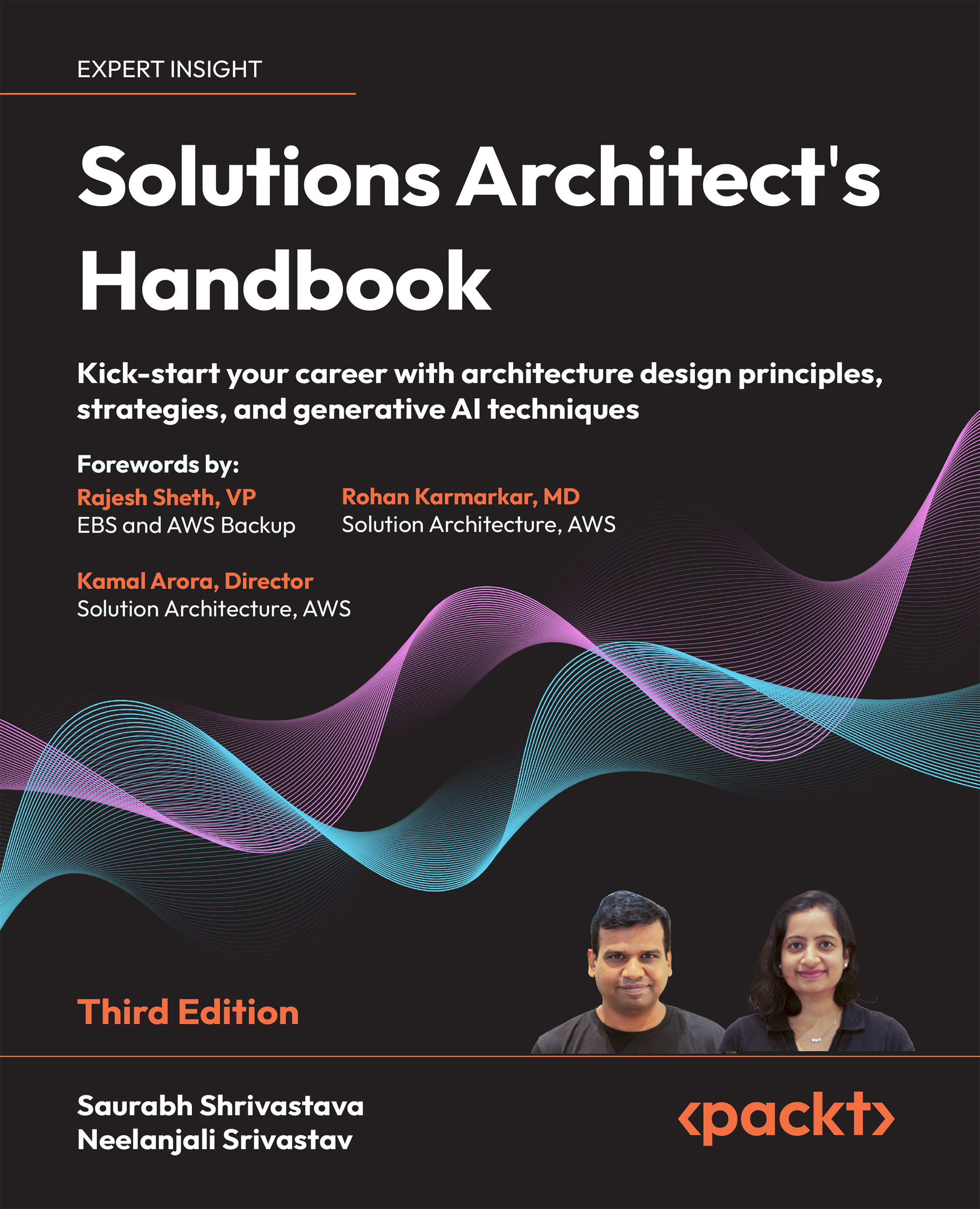Creating Event-Driven Architecture
When EDA is implemented into a cloud-native architecture, it enhances the system’s ability to react to real-time data and events. This combination can lead to highly efficient, scalable systems that can respond quickly to changes. The cloud-native environment supports the dynamic allocation of resources to handle the variable loads of event-driven systems, while the EDA provides the mechanism for immediate and reactive processing.
EDA helps you chain a series of events to complete a functional flow. For example, when you are making a payment to buy something on a website, you expect to get your order invoice generated and an email as soon as the payment is complete. Event-driven architecture helps to rope in all of these events so that making a payment can trigger another task to complete the order flow. Often, you will see message queues, which you learned about in the previous section, as the central point while talking about EDA. EDA...

































































